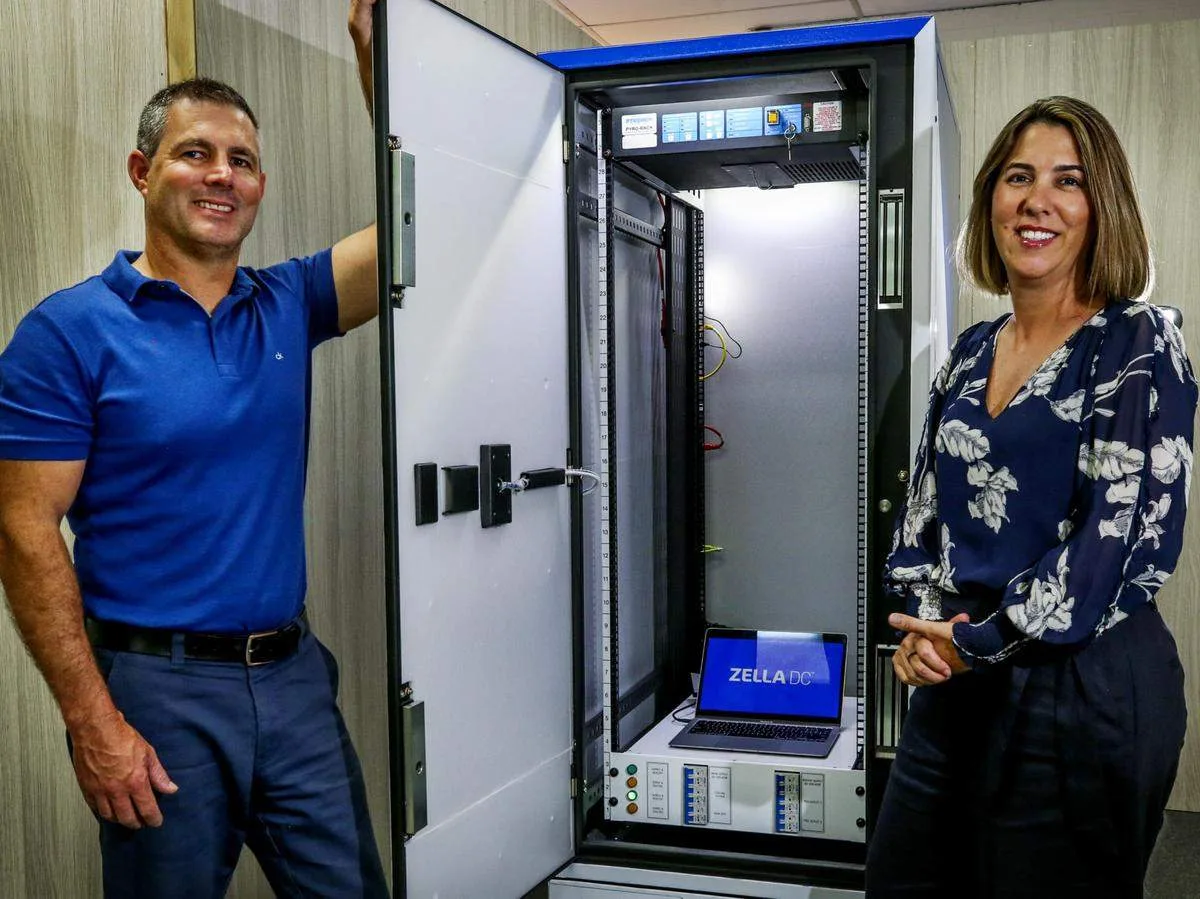The drive for businesses to reduce their carbon footprint is becoming ever more intense. As we increase our digital consumption – and therefore the related need for data storage – so a company’s environmental responsibilities also rise.
While rising data storage might not, initially, appear to be an obvious threat to our planet, consider the following:
- Server rooms that store data take up valuable space: This can be anything from a single room to an entire floor (or more) in an office block. Not only is this expensive from a monetary angle but, as data storage needs increase, so the need for real estate space also rises. When you consider that it costs upwards of $1,100 per square metre of space, per annum in Sydney, such outgoings are certainly no drop in the ocean. Plus, every metre of floor space a company uses adds to the environmental impact of cladding our planet with ever-increasing levels of bricks and mortar.
- Server rooms must be kept cool: This is one of the greatest environmental challenges facing businesses today. Storing data generates heat – a lot of heat! Server rooms must be kept between 18 – 27oC, with a relative humidity between 45-50%. This requires robust cooling capabilities, something that hits both the company coffers and the planet’s resources on a monumental scale. In a country like Australia, where temperatures regularly send the mercury soaring, the issue of heat and server room cooling is even more of a problem.
The environmental aspect of traditional server rooms isn’t the only challenge. Other issues include:
- The need for a large, upfront investment: When constructing a server room, a company needs to factor future needs for data storage. This means dedicating a large amount of space that might not be needed at first. As we’ve already determined, space equals cash – something that many fledgling businesses are often short of when first beginning to operate.
- Implementation takes time: The creation of an on-premises data centre can take up to two years before it can be used. That’s a lot of time to be waiting. Plus, once in place, they’re nigh-on impossible to alter without a huge injection of capital and further downtime.
- Server rooms are fairly permanent features: Creating a server room is a complex process. This means that the requirement of most commercial property lease agreements to return a premises back to the original condition when leaving is a difficult one.
The Solution? Switching from Traditional Server Rooms to Micro Data Centre Storage
Micro data centres are, as the name suggests, a far more compact method of storing vast amounts of data. As technology has advanced – and continues to do so – so too have ways to safely store the digital footprint that we create.
A micro data centre is the size of a small refrigerator and comes with its own power and cooling features. In addition to the environmental advantages this brings, such storage also satisfies the increasing need for edge computing capabilities.
Consider the following:
- Micro data centres dramatically reduce energy requirements: Keeping these at the optimal temperature typically uses 30-60% less energy than that of a traditional server room. Companies that have switched to micro data centres have reported power savings of up to 70%.
- Micro data centres take up little room: This eliminates the need for a dedicated server room, as they can be sited anywhere – even in a meeting room, board room, reception area or similar.
- Micro data centres are quiet: Server rooms typically emit 75-95Db of noise. A micro data centre runs at around 35Db – comparable to being in a quiet rural area.
- Micro data centres are scalable: Storage can easily be increased when needed. This negates the need for a large outlay during the initial stages of a business, plus there’s little downtime when you do need to add future storage.
- Micro data centres are quick to implement: Forget measuring the implementation time in years. A micro data centre can be up and running in as little as five weeks (typically taking anything between 5-12 weeks, depending on requirements).
From energy savings to a reduction in latency – thanks to having the storage close to the hardware that generates the data (the definition of ‘Edge’ computing) – it’s no wonder that companies are waking up to the fact that there is an alternative to traditional server rooms and cloud storage.
Zella DC is an Australian company that’s been pivotal in bringing this advanced technology to reality. Over a decade of research and implementation in some of the harshest environments (think remote, mining locations) has created a data storage solution that helps companies achieve overall energy savings, meet their emission targets and upscale the performance level of data transference as needs constantly increase.
Discover more about the green data storage solution that’s taking the world by storm at https://www.zelladc.com
Angie Keeler
Angie Keeler is the CEO and co-founder of Zella DC.
Angie has over 10 years experience within the IT and micro data centre industry with practical hands-on experience bootstrapping a company and growing a business through sales and international distribution across six continents. As the CEO Angie has built and developed distribution channels and support systems across Australia and into both North and South America, Asia Pacific, Africa and the UK.
As a leader and innovator, Angie is well respected and held in high esteem by her peers and industry colleagues.







